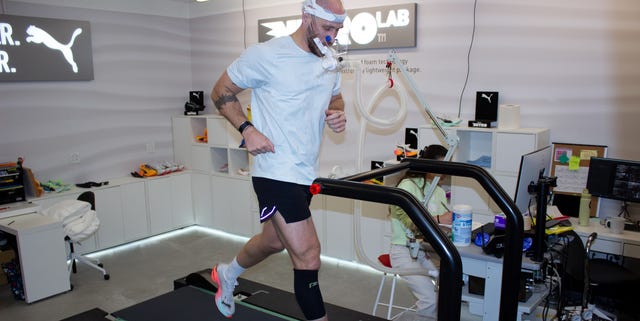Breaking: Inside the High-Tech World of 'Super Shoes' - A Personal Performance Investigation

Unlocking the Secret of Elite Runners: The Science of Running Economy
In the world of professional running, there's a hidden performance metric that separates good athletes from extraordinary champions: running economy. But what exactly is this mysterious concept, and how do cutting-edge sports laboratories measure it?
Running economy is essentially the efficiency with which a runner uses oxygen and energy while maintaining a specific pace. Think of it like a high-performance sports car—some engines convert fuel into motion more efficiently than others. Similarly, top athletes can cover more ground with less energy expenditure.
Advanced sports science labs use sophisticated technology to analyze running economy, including:
- Precise oxygen consumption measurements
- Biomechanical motion tracking
- Metabolic rate assessments
- Advanced motion capture systems
Elite runners with superior running economy can maintain faster speeds while consuming less energy, giving them a significant competitive advantage. It's not just about raw strength, but about how intelligently and efficiently an athlete's body performs.
Understanding and improving running economy has become a game-changer in professional athletics, transforming how athletes train and compete at the highest levels.
